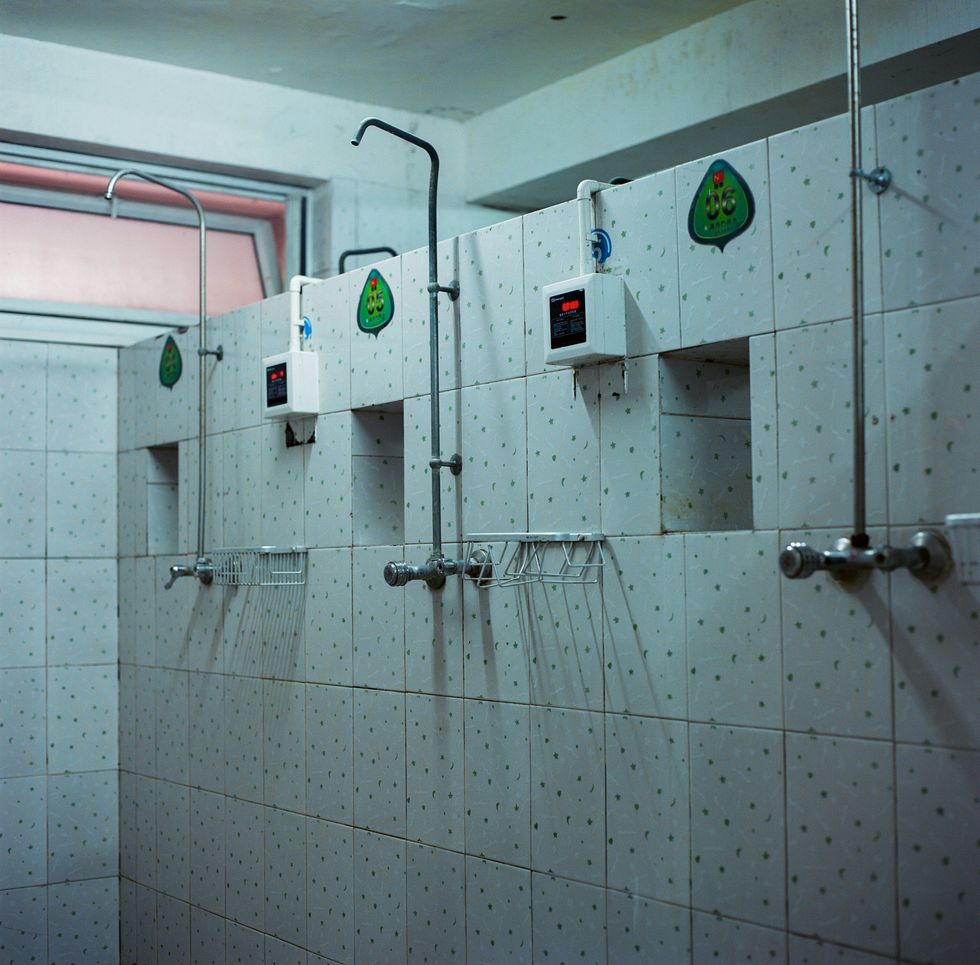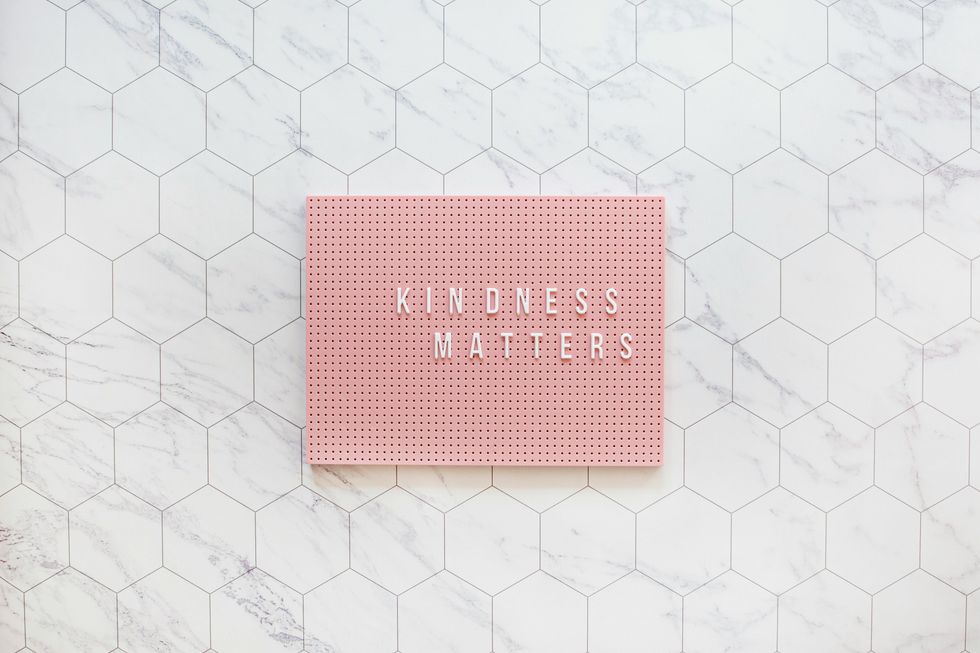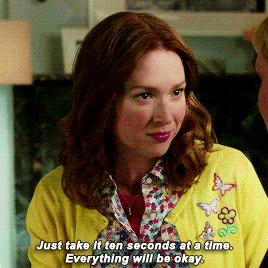When I tell people that I'm a ballet dancer, I get one of three questions in response, all of them involving pointe shoes. One,How do you stand on your toes? Two,Doesn't that hurt? And three,Is there a block of wood on your toes?
For non-dancers (and dancers too, who am I kidding?), pointe shoes cause much confusion, which is exactly why they created them in the early 1800s. The creators of pointe shoes wanted to create the illusion that dancers could fly. They wanted to stir up questions about how a women could dance on her toes, the same questions that people still ask today.
Recommended for you
I am here to answer some of those questions, but do not fear, much will still be left to your whimsy.
Behold, the grand pointe shoe Q&A session.
Q1: How does a ballerina stand on her toes?
Pointe shoes work because they are a very stiff in key areas. The hard sole of the shoe (made of leather and a cardboard-like material) is called the shank and lifts up the arch and ankle of the dancer. The hard support for the toes (made of layers of fabric, paper, and a secret glue) is called the box. And yes, it feels like shoving your toes into a very tight box.
This hard, supportive shoe gives a trained foot the ability to rise up en pointe. The flattened toe of the shoe allows the dancer to balance on her toes. I like to think of it like this: the shoe is so hard that there's no way to go but up.
Q2: Does this hurt?
Yeesss, and no. Of course stuffing your foot into a tight, hard box of a shoe and dancing on your toes isn't the most comfortable of things to do, but it doesn't hurt as much as many people think. One, dancers (the sane ones, that is) wear padding around their toes to cushion against the hard shoe and even harder floor. Also, our feet get used to it. I've been dancing en pointe for nine years, and now it's one of my favorite feelings. When I first started, though, I was about ready to quit.
Q3: So there's no wooden toe?
I'm sorry to say that Barbie deceived you. There is no wooden filler at the tip of pointe shoes, just a dancer's bony toes. Also, ballerina's never wear their ribbons like the picture below (despite what Pinterest tells you). The ribbons (there to keep the shoe fitted snug on the dancer's foot) are always tied close about the ankle, at the smallest part. AND NO BOWS. (It makes me cringe.)
Q4: How long do pointe shoes last?
Pointe shoes have three stages: unbroken (new and stiff), just right (a unfortunately short period) and dead (too weak to support pointe-work). Because of the materials pointe shoes are made out of, the amount of stress dancers put on their shoes, and the necessity for pointe shoes to provide steady support, pointe shoes don't last long for an experienced dancer. Professional dancers will wear a pair (or two) per performance, going through up to 120 pairs a year. At up to $100 a pair, this gets expensive! For an armature dancer, pointe shoes last much longer, and I go through only a few pairs a year. When I danced up to four hours a day for five weeks, though, I went through over two pairs!
Q5: Can I wear pointe shoes?
If you want to get years of ballet training and ankle/feet strengthening, then yes, you too can wear pointe shoes. Until then, how about JCP's cute pointe shoe ballet flat?
After answering these top five pointe shoe questions I hope that you understand a bit more how pointe shoes work. Appreciate the blood, sweat and tears that go into pointe-work, because it is harder than it looks! Here's to the mystery of pointe shoes!






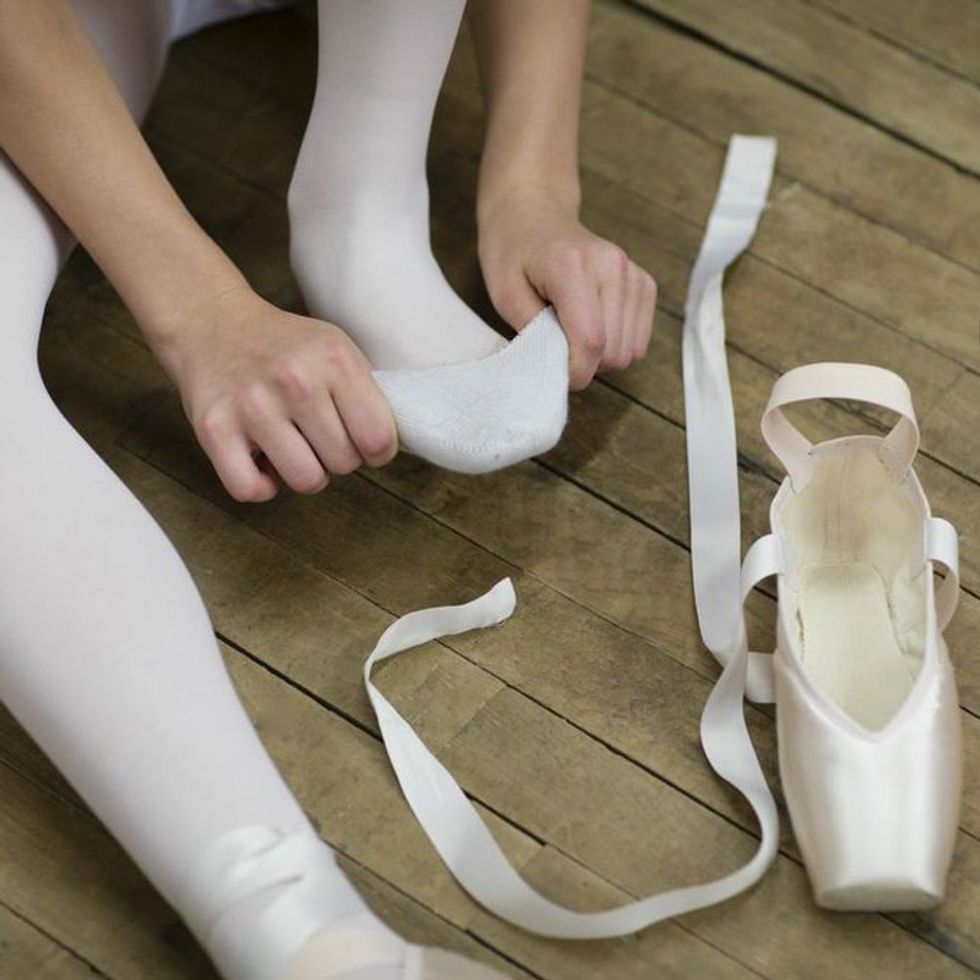





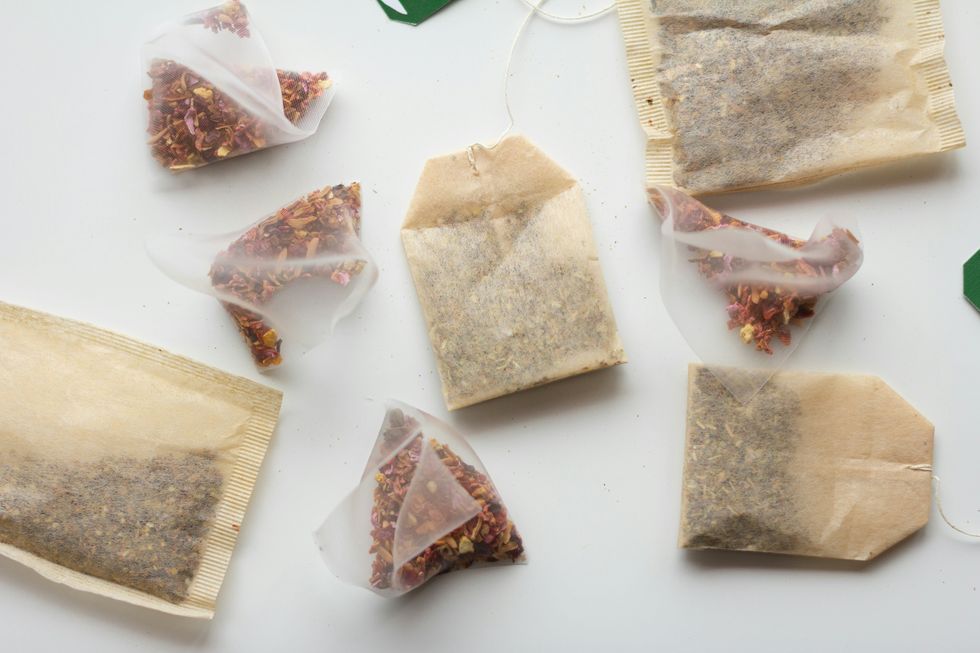
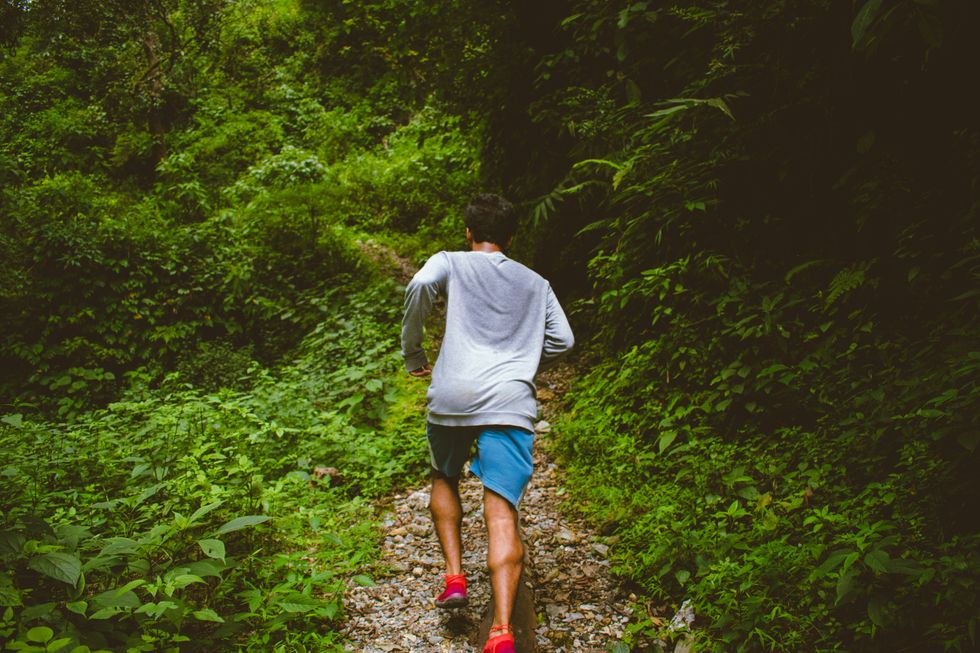 man running in forestPhoto by
man running in forestPhoto by 